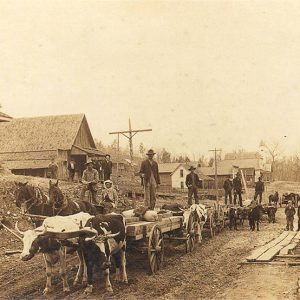 Calico Rock Street Scene
Calico Rock Street Scene
Entry Category: Cities and Towns
 Calico Rock Street Scene
Calico Rock Street Scene
Calion (Union County)
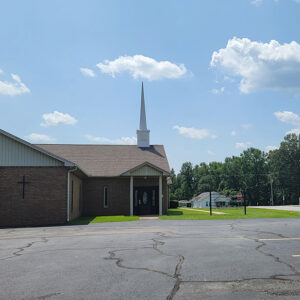 Calmer Church
Calmer Church
Camden (Ouachita County)
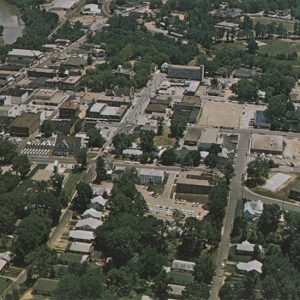 Camden Aerial View
Camden Aerial View
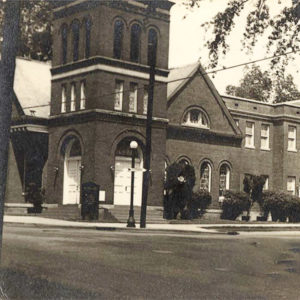 Camden Baptist Church
Camden Baptist Church
 Camden Barbers
Camden Barbers
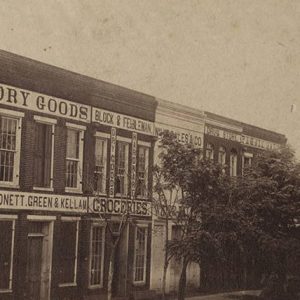 Camden Businesses
Camden Businesses
 Camden Church
Camden Church
 Camden Church
Camden Church
 Camden Church
Camden Church
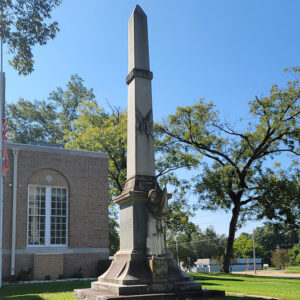 Camden Confederate Monument
Camden Confederate Monument
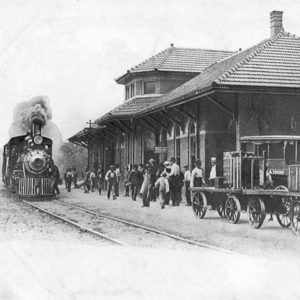 Camden Depot
Camden Depot
 Camden Federal Building
Camden Federal Building
 Camden Fire Department
Camden Fire Department
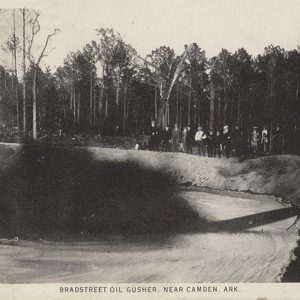 Camden Gusher
Camden Gusher
 Camden Masonic Lodge
Camden Masonic Lodge
 Camden Municipal Building
Camden Municipal Building
 Camden News Building
Camden News Building
 Camden Parade
Camden Parade
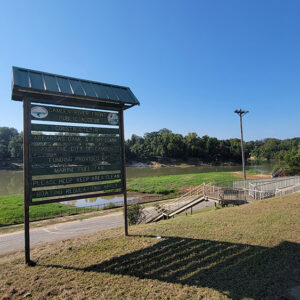 Camden River Access
Camden River Access
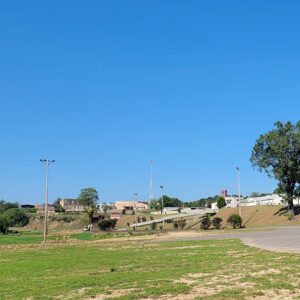 Camden Scene
Camden Scene
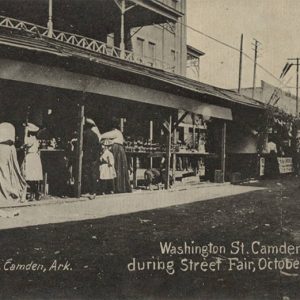 Camden Street Fair
Camden Street Fair
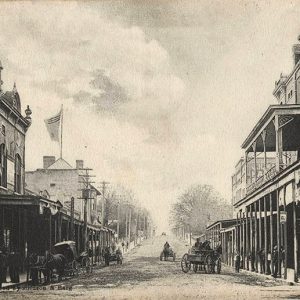 Camden Street Scene
Camden Street Scene
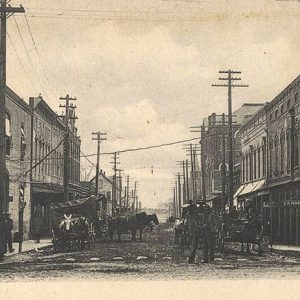 Camden Street Scene
Camden Street Scene
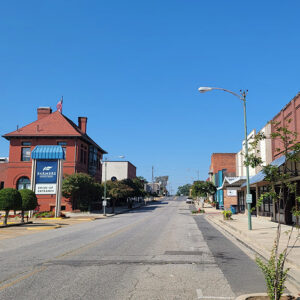 Camden Street Scene
Camden Street Scene
 Camden Street Scene
Camden Street Scene
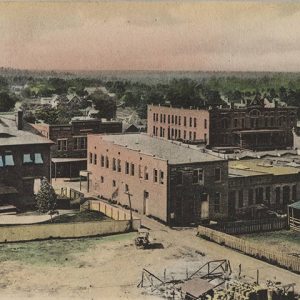 Camden View
Camden View
Cammack Village (Pulaski County)
Camp (Fulton County)
Campbell (Searcy County)
Campbell Station (Jackson County)
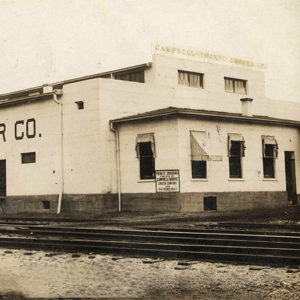 Campbell-Thorpe Grocer
Campbell-Thorpe Grocer
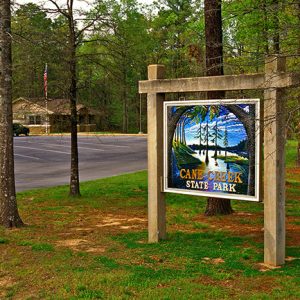 Cane Creek State Park
Cane Creek State Park
Cane Hill (Washington County)
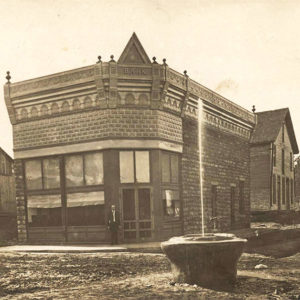 Cane Hill Bank
Cane Hill Bank
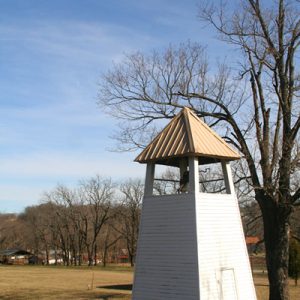 Cane Hill College
Cane Hill College
 Cane Hill College
Cane Hill College
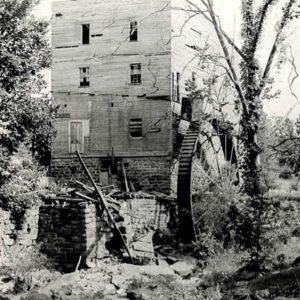 Cane Hill Mill
Cane Hill Mill
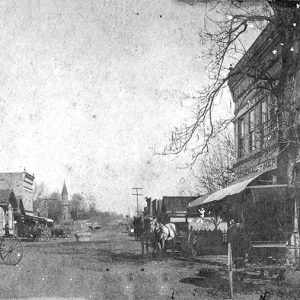 Cane Hill Street Scene
Cane Hill Street Scene
 Cane Hill Street Scene
Cane Hill Street Scene
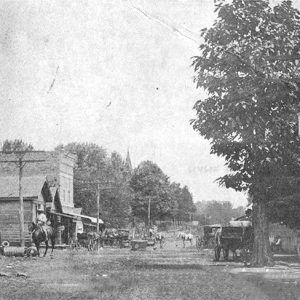 Cane Hill Street Scene
Cane Hill Street Scene
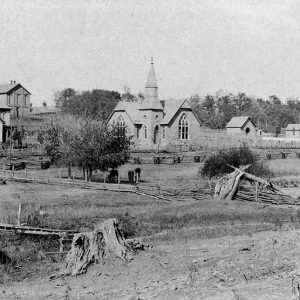 Cane Hill: 1891
Cane Hill: 1891
Caney (Hot Spring County)
Caney (Independence County)
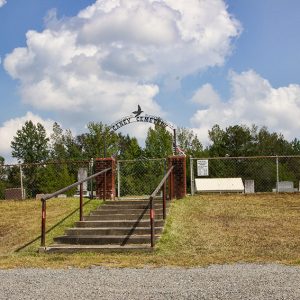 Caney Cemetery
Caney Cemetery
 Caney Church
Caney Church
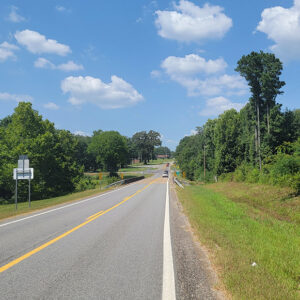 Caney Creek
Caney Creek
 Entering Caney Valley
Entering Caney Valley




